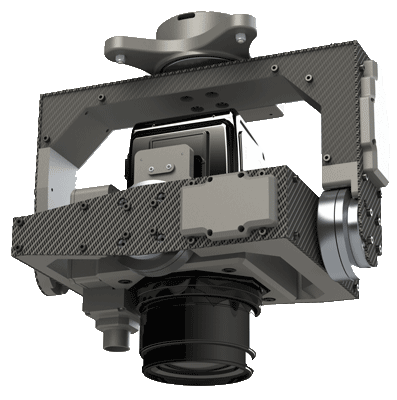I looked at both of these cameras.
- Hasselblad h6d-100c 100mpix seems way to big to fit into any type of fixed wing or VTOL design.
- Sony a7r iv 61mpix seems to be a better fit for fixed wing.
a) What was your reasoning to pick these two?
b) Is it safe to assume that the Sony will work with Seagull system?
c) Do you use Quads or Fixed wing planes?
d) What is considered a good alt to for aerial mapping. Are there any good engineering documents out there to read?
Someone also mentioned in another thread, Fighter VTOL 4+1 fixed wing “The main application in the mapping is to take photos, shutter 1/1000s, and the Angle of RLL and pitch is best within 3 degrees”
Can you expand on what do you mean by “radio phocus” you mean manual focus or camera adjusting focus based on height and speed?
p.s. You started a good debate on Ardupilot hardware in other thread. I am with you 100%. 10 years behind.
This is a very neat design by you guys…

How much? 